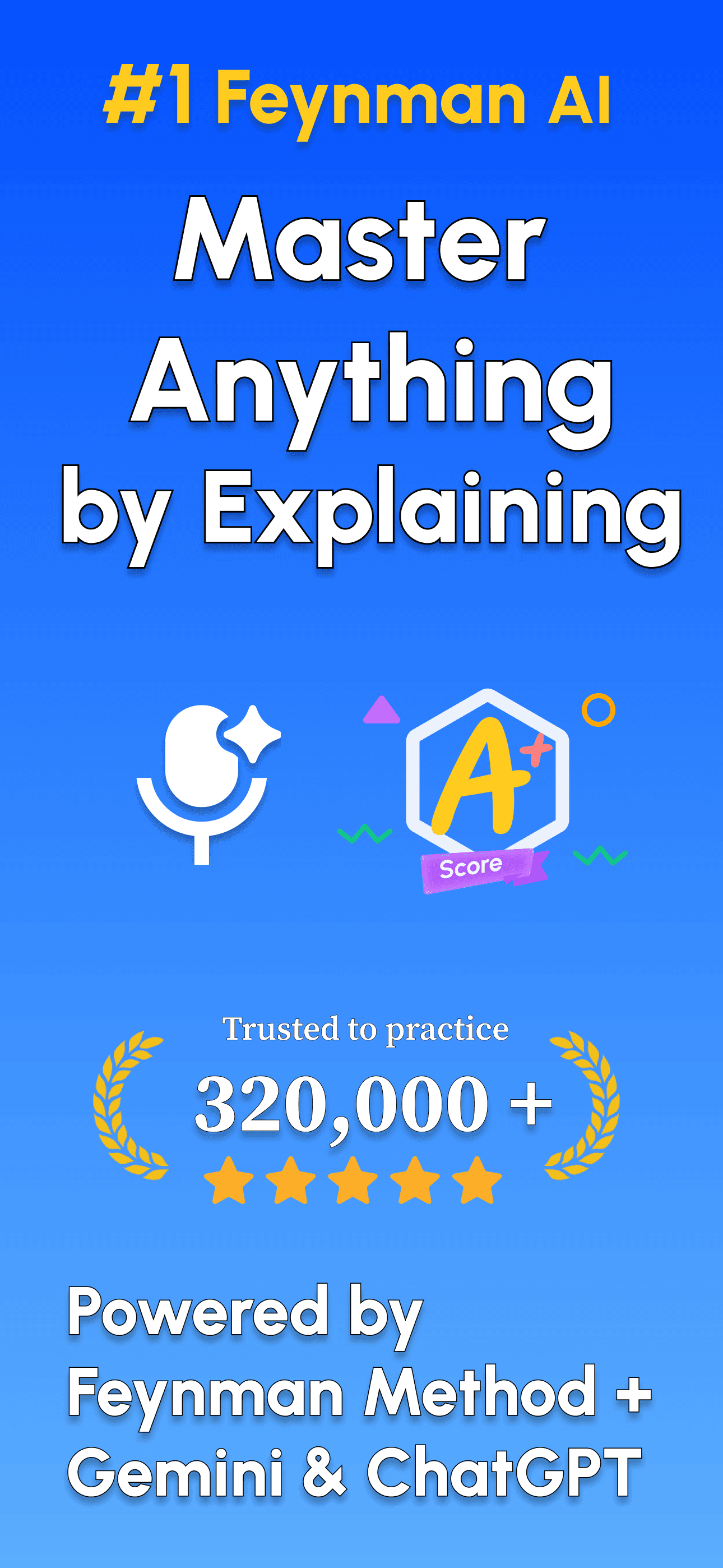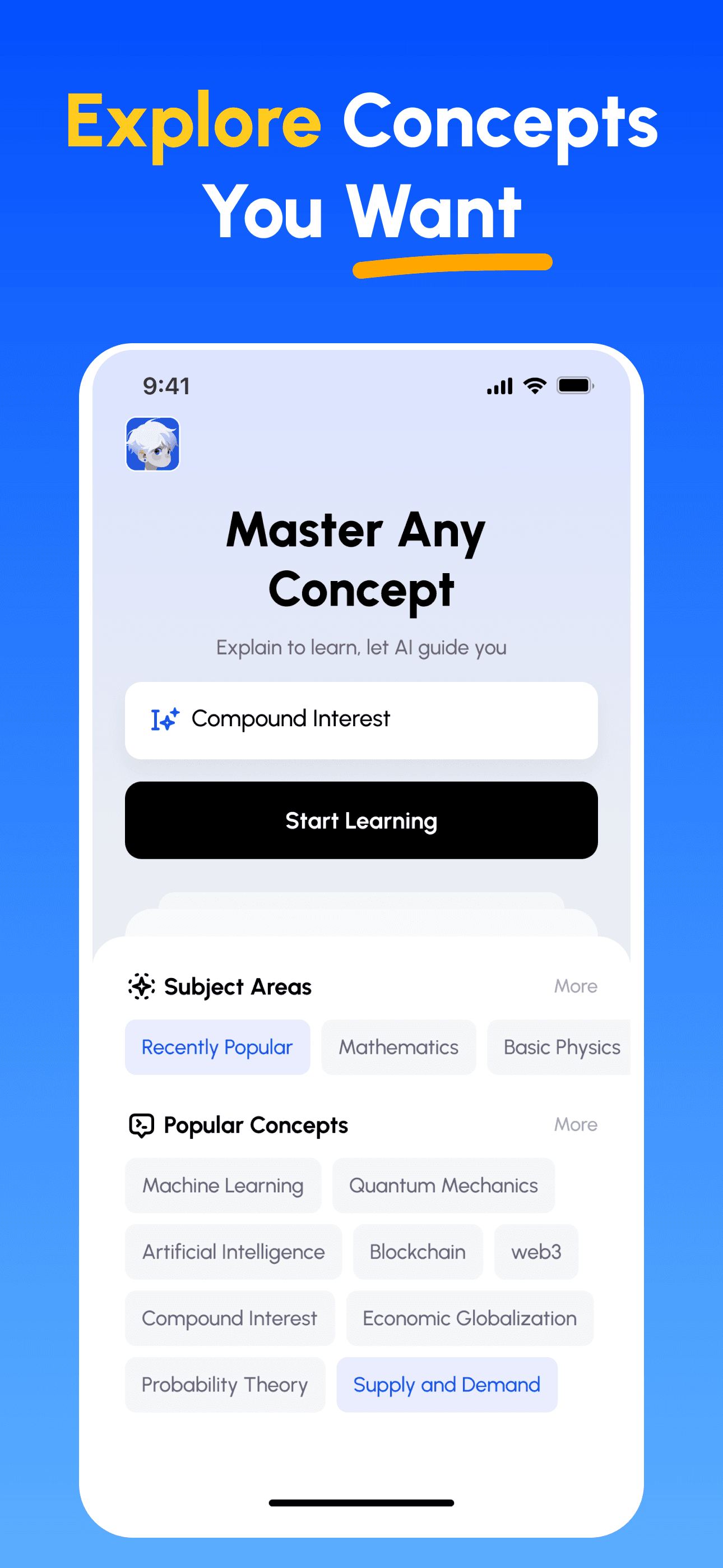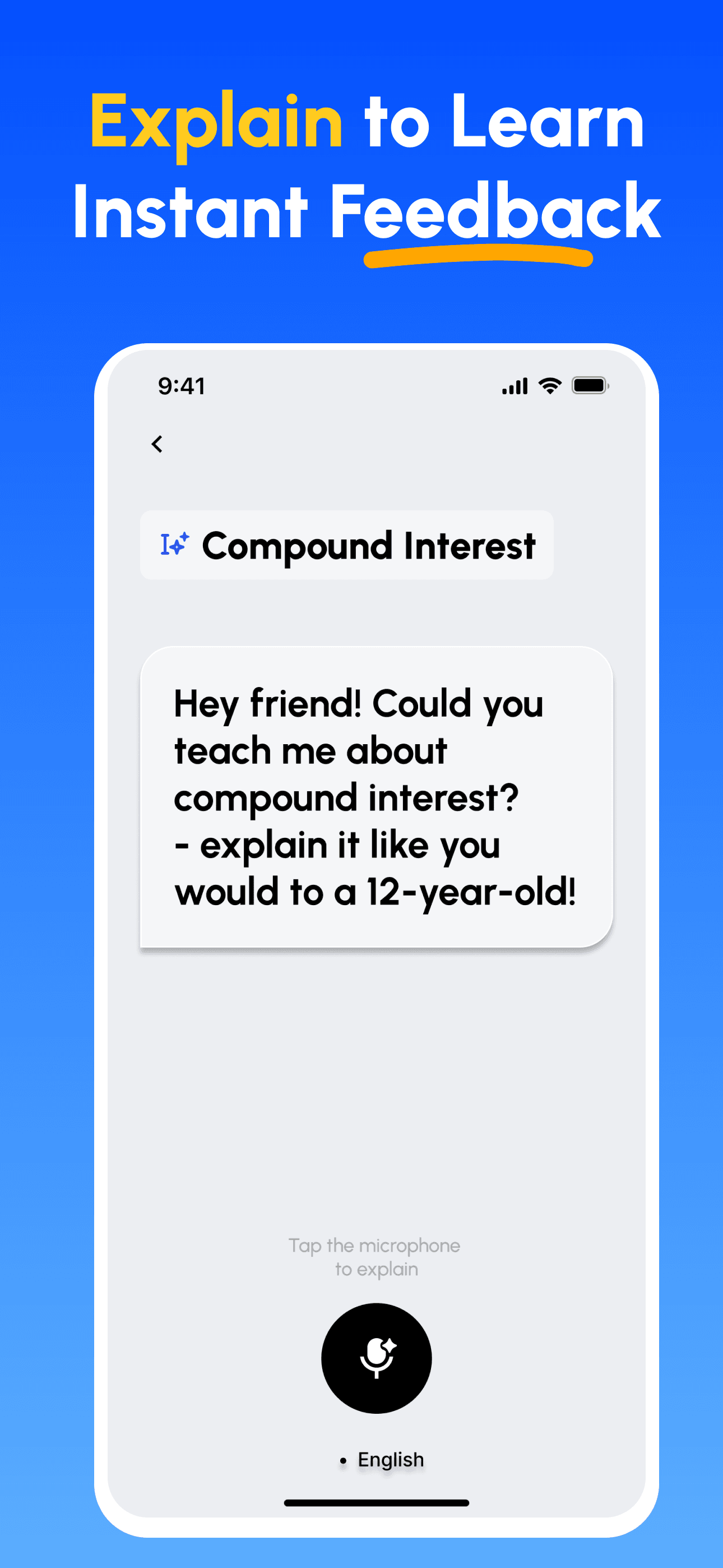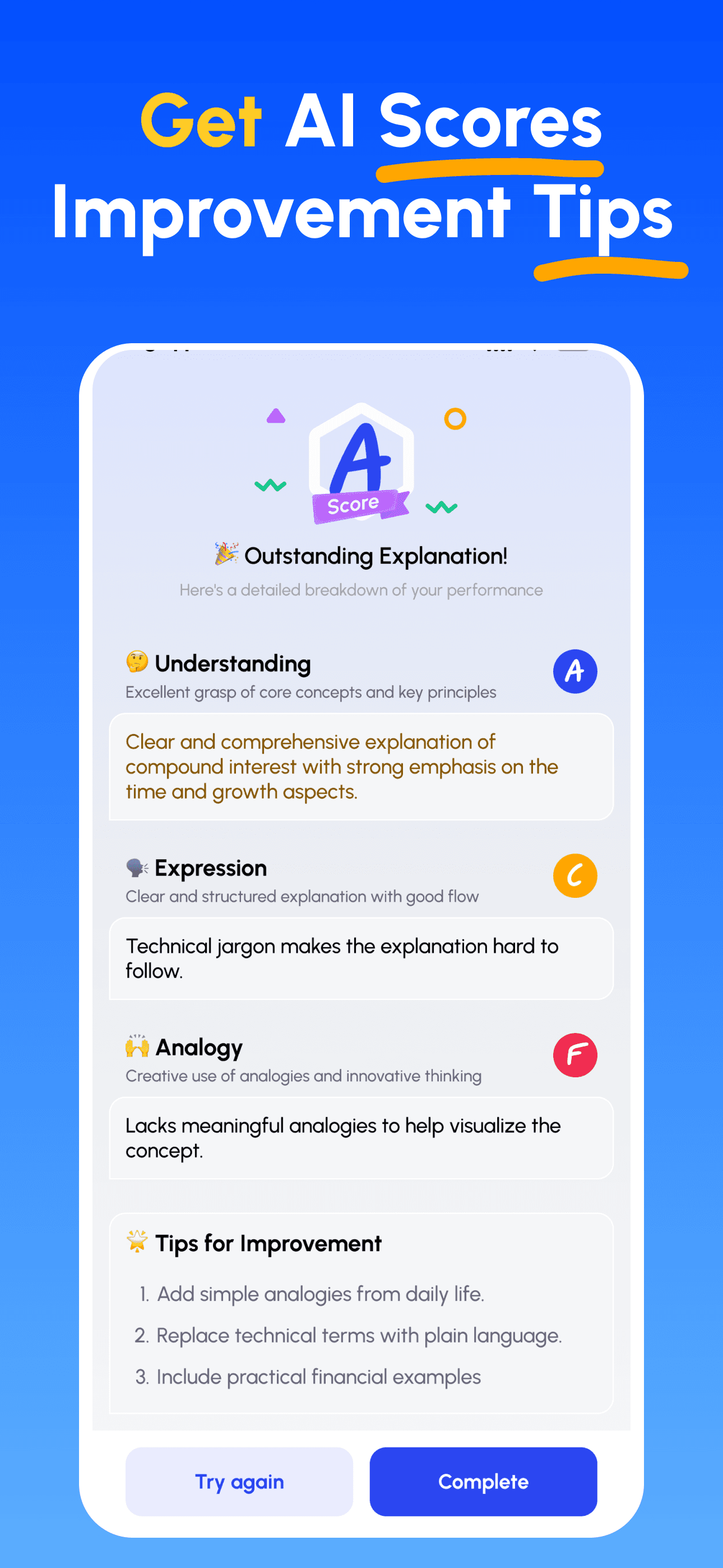Blockchain
A shared, digital record book where everyone sees and agrees on entries. 📖
簡要介紹
Imagine a shared notebook where every page is copied and given to everyone involved. When someone adds something to their page, everyone else gets the update too, and they all check to make sure it's correct. This makes it super hard to change anything without everyone knowing, creating a very trustworthy record. ✨
主要說明
It's a Shared Digital Ledger
Think of it like a giant, shared spreadsheet or notebook that exists on many computers at once. Instead of one person keeping track of everything, everyone involved has a copy and can see the same information. This makes it transparent and open. 📊
Information is Stored in 'Blocks'
Data is grouped together into 'blocks'. Once a block is filled with information (like a page in our notebook), it's added to the chain. Each new block is linked to the previous one, creating a chain of information. 🔗
It's Secure and Tamper-Proof
Because everyone has a copy and new blocks are linked using special codes, it's incredibly difficult to go back and change information in a past block without everyone noticing. It's like trying to rip a page out of everyone's notebook at the same time! This makes the record very secure and trustworthy. 🔒
Decentralized Control
Unlike a traditional database controlled by one company or person, a blockchain is spread across many computers. No single entity has complete control, which makes it resistant to censorship or single points of failure. It's like a community-owned record. 🤝
範例
- Imagine a group of friends keeping track of who owes who money. Instead of one person writing it down in their private notebook, they all have a shared Google Doc where they add transactions. Everyone can see the history, and it's hard for one person to secretly change an entry. 📝
- Think of a school yearbook where each page is a 'block'. Once a page is printed and added to the book, it's very hard to go back and change someone's picture or caption without everyone noticing the alteration. The whole book is the 'chain'. yearbook 📸
- Consider a game where players trade virtual items. Instead of a central company tracking all the trades, a blockchain can record every trade publicly. This ensures that no one can cheat by creating fake items or deleting past trades. 🎮
費曼AI如何引導你學習
- 選擇任意概念: 從你想掌握的主題開始——瀏覽精選學科或自行輸入。
- 先學核心要點: 用清楚、結構化的解說快速建立知識框架,掌握關鍵與常見誤區。
- 講解並獲得回饋: 以語音或文字錄製你的講解;立即取得在深度、清晰度、結構與示例上的分析。
- 檢視評分並精進: 依據針對性建議修正並再講解,直到能簡單講清楚為止。
立即下載費曼AI
今天就開始提升溝通能力的旅程!




